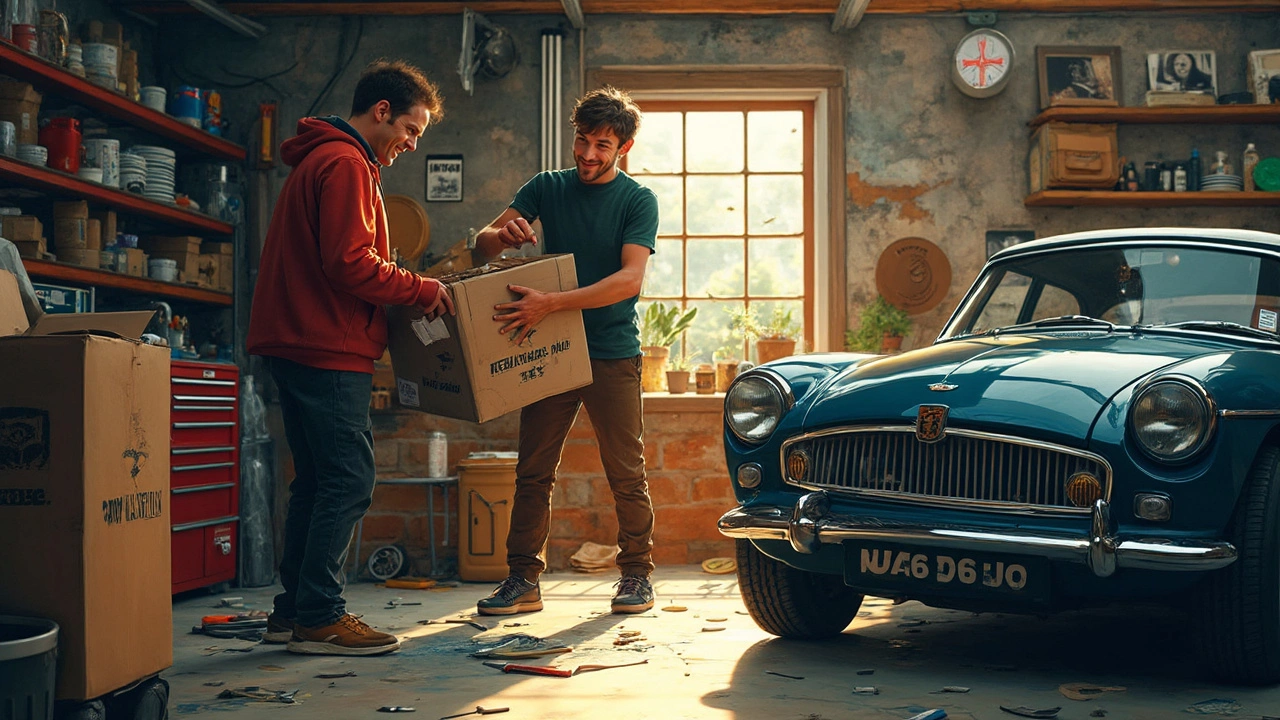Self‑Install Car Kit: Your DIY Wrap Handbook
If you’ve ever wanted a fresh look for your car without the dealer price tag, a self‑install car kit is the answer. It gives you all the vinyl, tape and instructions you need to wrap your ride at home. No need to book an appointment or worry about a technician’s schedule – you control the whole process.
What’s Inside a Self‑Install Car Kit?
A typical kit comes with laminated vinyl sheets printed in the colour or design you chose, a set of high‑strength masking tape, a squeegee, a heat gun (or a small butane torch), and a detailed instruction booklet. Some brands also add a small bottle of slip‑solution, which makes positioning the film easier. The vinyl is cut to match the major panels of a standard model, so you’ll still need to trim a few edges to fit doors, mirrors and roof lines exactly.
Before you even open the box, check that the vinyl is the right finish for your climate – matte finishes hide scratches, while gloss gives that showroom shine. Also verify that the kit matches your car’s make and year; most suppliers list compatibility tables online.
Step‑by‑Step Installation Guide
1. Gather Your Tools. Besides the kit items, have a microfiber cloth, isopropyl alcohol (70% or higher), a razor blade, and a clean workspace. A small fan or garage door open helps to keep dust down.
2. Clean the Surface. Wash the panel with soap, rinse, then wipe it down with alcohol. Any residue will cause bubbles or peeling later. Let the surface dry completely – you’ll see a faint shine when it’s ready.
3. Measure and Mark. Lay the vinyl on the panel without removing the backing. Use a marker to note where you’ll need to cut around curves, handles or headlights. This step saves time when you start peeling.
4. Apply Slip‑Solution (If Included). Spray a light mist on the adhesive side of the vinyl. It makes the film glide while you line it up, and you can reposition it without losing tack.
5. Position the Film. Peel a small corner of the backing, align the marked edge, and slowly lower the rest of the sheet onto the panel. Keep the film taut with one hand while you pull the backing with the other.
6. Smooth Out Bubbles. Use the squeegee at a 45‑degree angle, pushing air and excess solution toward the edges. For stubborn bubbles, gently heat the area with the heat gun and re‑squeegee.
7. Trim the Excess. When the film sits flat, use a razor blade to cut away overhangs. A clean cut along the edge of the panel gives a professional look.
8. Seal the Edges. Run the heat gun lightly over the trimmed edges to activate the adhesive fully. Press the edges firmly with a cloth to ensure they don’t lift later.
9. Let It Set. Wait at least 24 hours before washing the car. This gives the adhesive time to bond properly.
Most DIYers find that the biggest pitfalls are rushing the cleaning step and skipping the slip‑solution. Take your time, work in a shaded area, and you’ll avoid common bubbles and mis‑alignments.
When you finish, you’ll have a custom look that rivals a professional wrap at a fraction of the cost. If you ever decide to change the design, the vinyl can be removed with a heat gun and a gentle prying tool – no paint damage when done right.
Ready to start? Pick a kit that matches your car’s model, gather the basics, and follow the steps above. In a weekend you can give your vehicle a brand‑new personality without breaking the bank.
Thinking about installing a body kit on your car? It’s a task you might be tempted to tackle yourself to save some bucks and get hands-on with your ride. However, it’s not as simple as a Sunday drive. This guide explores the nuts and bolts of DIY body kit installation, with practical advice and some neat tips to help you decide if you want to roll up your sleeves or call in the pros.

